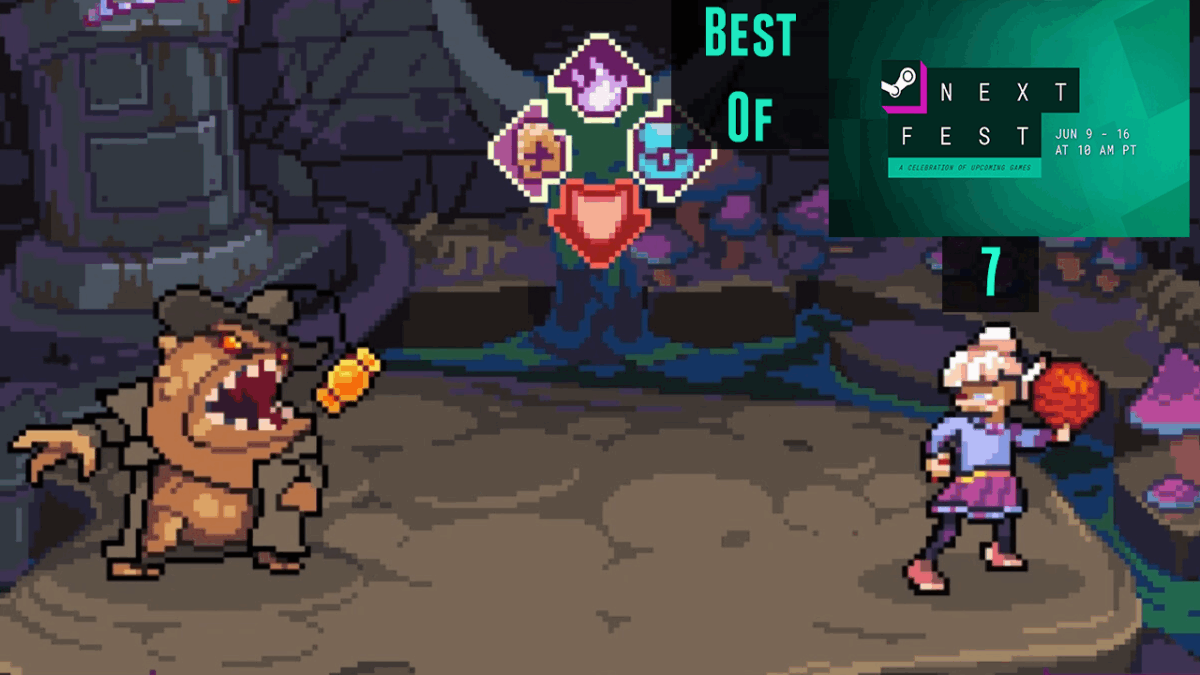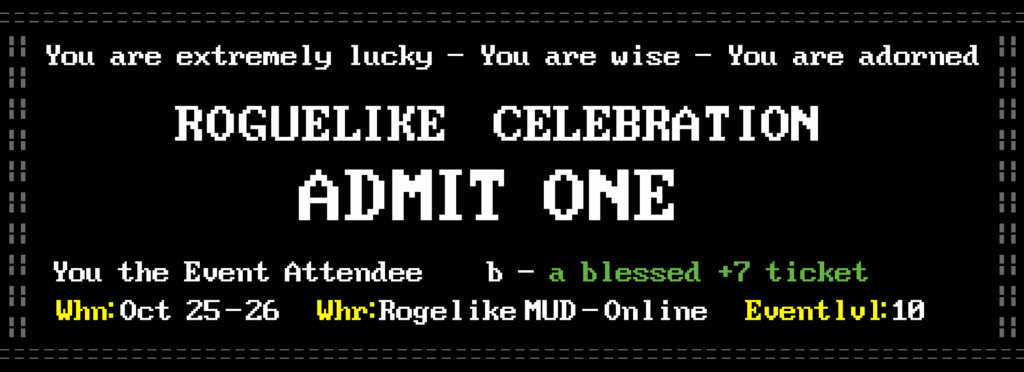I think it’s pretty obvious that, while the game is excellent in many ways, Super Mario World has so many extra lives that they end up almost meaningless. There’s all the traditional ways to build up your horde of Marios waiting in the wings for their chance at platforming glory: getting 100 coins, hidden 1up blocks, knocking a bunch of enemies off with shells, stomping on many enemies without touching the ground, and defeating lots of enemies with a single Starman. Then there’s those specific to Super Mario World: getting 5 Dragon Coins, finding a 3up Moon, getting a lot of gray coins generated by a gray P-Switch, having a lot of enemies on-screen when hitting the Goal Tape, and earning several in one of the bonus games.
But there’s one source of extra lives that few know about, or at least, I didn’t know about it. There are invisible triggers in some levels that, if you cross over their activation points in order, will generate a single 1up Mushroom. Looygi Bros shows off all 15 of these spots in the game here (8 minutes):
Why Nintendo decided to include these spots in a game where players will usually be walking around with double-digit life counts, I couldn’t tell you. Super Mario World is one of those Mario games where it doesn’t save progress after every level, so running out of lives is a real setback. But they could have just designed it so that it saved more often? I guess they just saw that it’s fun to earn lots of extra lives.






